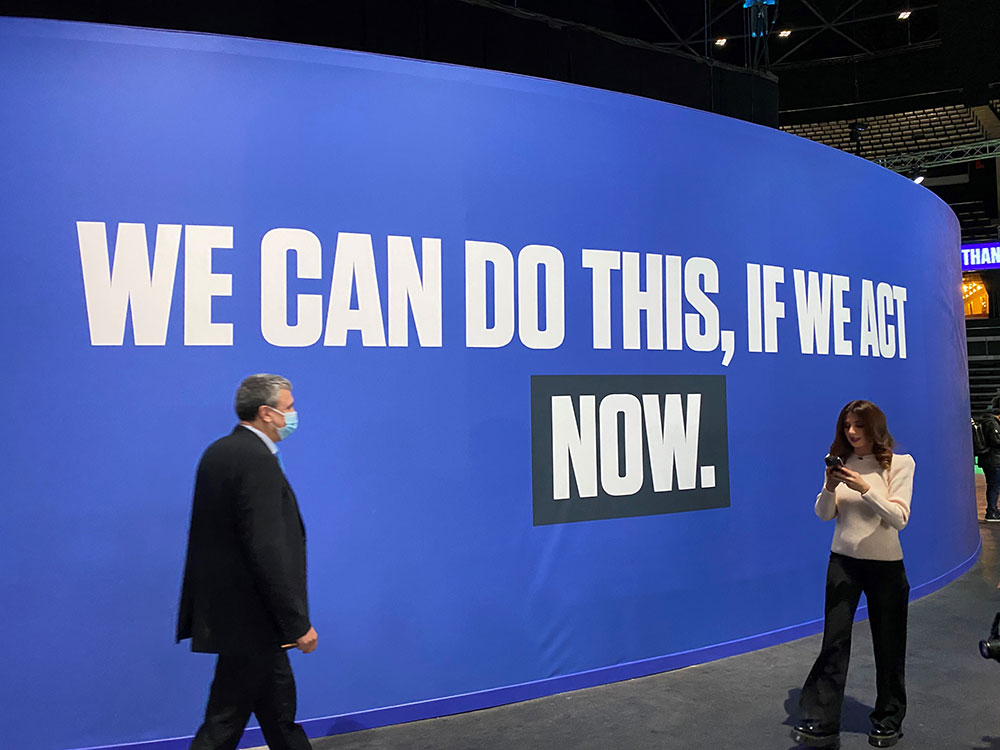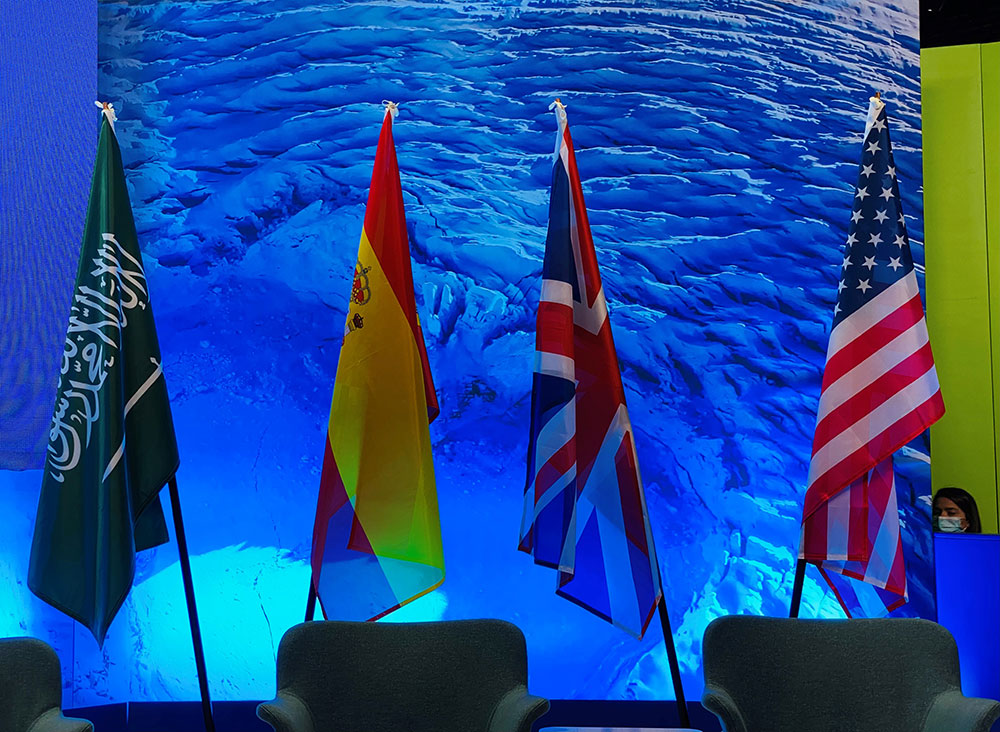Find out more about The Open University’s Environment qualifications.

Beyond fine words, promises and pledges, there are at least 6 indicators we should use to measure progress and success in our global response to climate change. Here they are in what I think is a reasonable cascade of timescale, cause and effect:
- Money – flowing from richer to poorer nations to help build their capacities to adapt to climate change, reduce their reliance on fossil fuels, and compensate for any unavoidable loss and damages.
- Short-term national plans – the formal detailed NDCs (Nationally Determined Contributions) that nations must produce and keep ratcheting down on a 5-year cycle under the Paris Agreement.
- Longer-term aspirational pledges – announcements about the year when a nation plans to reach Net Zero and what precisely this means.
- Global annual emissions – measured by the UNFCCC’s (United Nations Framework Convention on Climate Change) database of annual emissions.
- Global atmospheric greenhouse gas concentrations – e.g. the Keeling Curve for carbon dioxide but also for other gases such as methane, nitrous oxide, and others.
- Global mean surface temperatures – as measured by the network of thousands of weather stations on land and sea.
COP26 made significant progress on indicators 1–3. Hopefully, this will cascade to indicators 4–6 within a decade or so.
Multilateralism - The Glasgow Pact
Every COP needs a headline political outcome and COP26 produced the Glasgow Pact.
They are usually full of fine words borrowed from previous bits of international ‘soft law’ but peppered with a few juicy new headlines. For COP26 these included:
- Nations will up their game significantly on their NDCs (indicator 2/3) in the coming year ahead of COP27 in Egypt.
- For the first time in a COP decision, there was language around reducing fossil fuel use in the context of ‘efforts towards the phasedown of unabated coal power…’.
Strong multilateral messages are helpful because they trickle down to regional groups (e.g. the EU), national, regional and local governments, and the private and public sectors.
While richer nations still haven’t met their 2009 promise to mobilise $100 billion of new and additional funding for climate change each year, considerable sums of money are beginning to flow inside and outside the UNFCCC process. The private sector is mobilising with $130 trillion of assets under management now aligned with the goals of the Paris Agreement under the GFANZ.

Plurilateral deals
Outside of the formal UN process, Nations are free to sign up to other ‘plurilateral’ agreements. Significant progress was made on a sparkling array of these under the management of the UK Presidency including:
- Declaration on Forest and Land-use – which aims to halt and reverse deforestation by 2030 with a pledge by 141 countries so far to increase finance for ‘sustainable agriculture, forest management, and forest conservation and restoration’.
- The Global Methane Pledge to reduce ethane emissions by 30% by 2030 by over 100 countries so far.
- Global Coal to Clean Power Transition, supported by around 40 countries so far including many who signed up to the principle of ‘ceasing issuance of new permits for new unabated coal-fired power generation projects’.
- Declaration on accelerating the transition to 100% zero-emission cars and vans.
- Clydebank Declaration to accelerate the rapid transition in the coming decade to clean maritime fuels, zero-emission vessels, and alternative propulsion systems.
- International Aviation Climate Ambition Coalition seeks to play its part in limiting global heating to 1.5°C (which in practice means decarbonising jet fuel).
- France, Germany, the UK, the USA, and the EU announced a groundbreaking international Just Transition Partnership to help wean South Africa off its coal-fired electricity system towards renewables.
The UNFCCC multilateral process
The Paris Agreement of 2015 fundamentally changed the principles of the conversation about how the world responds to climate risks. It is non-legally binding but acknowledges that all countries share some responsibility in acting, according to their circumstances. The Paris Agreement is a back-of-the-envelope sketch of a future we want to construct. As always, the Devil is in the detail. Some good progress on the ‘Paris Rule Book’ was made at COP26, including on:
- Article 6 - deals with how future international carbon markets will function.
- Common time frames for reporting future promises and pledges.
- The overall Transparency Framework (agreed formats for accounting tables).
The world’s Nations took some important steps toward limiting future global heating at COP26. I’ve worked my entire 30-year career on this topic and it is, therefore, something of a bitter-sweet moment: 25 years better later than never!




Rate and Review
Rate this article
Review this article
Log into OpenLearn to leave reviews and join in the conversation.
Article reviews